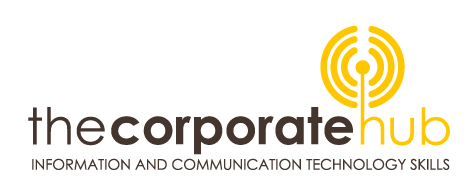
ROBOT-PROOF & HUMAN- PROOF CV WRITING
Employers use Applicant Tracking System (ATS) software to manage and streamline recruitment processes. It helps companies to handle a large volume of job applications efficiently by automating the screening and filtering of resumes and identifying the most qualified candidates for a particular job opening. When you submit a job application online, your CV or resume will likely be processed through an ATS before a human recruiter sees it. ATS uses algorithms to scan and analyse your resume for specific keywords, skills, and qualifications that match the job description. It then ranks the candidate based on how closely they match the required qualifications and experience.
Many misconceptions exist about ATS (Applicant Tracking System) friendly CVs, and some job seekers have yet to experience issues with their CVs being filtered out by an ATS. However, studies have shown that many job seekers have had their CVs rejected by ATSs due to formatting or other issues.
Overall, it’s helpful for all job seekers to ensure that their CVs are optimised for ATSs to maximise their chances of success in the job application process.
The extent to which human recruiters and hiring managers can navigate the ATS can differ depending on the specific ATS in use and the company’s recruitment process. Certain ATSs offer advanced search functions that allow recruiters and hiring managers to screen and organise applications based on multiple criteria, such as keywords, education level, years of experience, and location. However, these search functions’ effectiveness relies heavily on optimising job seekers’ CVs. If a candidate’s application lacks the necessary keywords or fails to adhere to the formatting guidelines for the ATS, it may not appear in search results or could get lost amidst the pool of other applications.
TIPS TO ENSURE THAT YOUR CV IS ROBOT AND HUMAN-PROOF:
- Use keywords from the job description. You must review the job description and use relevant keywords throughout your resume to show that you meet the qualifications and requirements. Remember that your resume’s primary goal is to convey your skills, experience, and qualifications to the hiring manager. Creating a clear and easy-to-read resume increases your chances of making a positive impression on the ATS software and the human recruiter who will ultimately review your application.
- Keep your resume concise; stick to the relevant information. Keep your resume as short as possible.
- Include all the necessary information, such as your contact details, work experience, education, and skills.
- Use a clear and concise job title. Use standard job titles that match the job description to ensure that the ATS can easily recognise your previous roles and qualifications.
- Avoid including sensitive information and avoid including personal information such as your age, marital status, or religion, as this information is irrelevant to your qualifications and may lead to discrimination.
- Use clear and simple formatting, and avoid using graphics, images, or fancy fonts that can confuse the software.
- Graphics such as images, charts, and logos may not be recognised by the software and can cause your resume to be rejected or misinterpreted. Similarly, columns and tables can also be difficult for the software to interpret, leading to errors or incorrect rankings.
- Instead, stick to a simple, clean format with standard fonts such as Arial, Times New Roman, Calibri, bullet points, and clear section headings. Use bold or italicised text to draw attention to critical points, but avoid using underlines or colours in the text, as underlining can cause ATS to misread certain parts of words.
- Use bullet points to highlight your achievements and to list your accomplishments in each job rather than using long paragraphs. This will make reading and parsing your resume more accessible for the ATS.
- Horizontal rules, also known as horizontal lines or dividers, should generally be avoided in a resume that will be processed through an applicant tracking system (ATS). Horizontal rules are graphic elements that can cause issues for an ATS because they can disrupt the text flow and potentially confuse the software.
- It’s essential to use these formatting options sparingly and strategically. Instead, focus on using them to highlight key information such as job titles, company names, and significant achievements. You can create a professional and effective resume by judiciously using bold and italics.
- Stick to a clear and consistent layout with standard margins.
- Use standard file formats: Submit your CV in a common file format, such as PDF or Word document, to ensure that the ATS software can read it. PDF is preferred.
- Avoid abbreviations and rather use full spellings for all technical terms and job titles to ensure the software can recognise them.
- Including hyperlinks in your resume, such as your LinkedIn profile URL or email address, can be helpful for recruiters and may not necessarily affect the ATS-friendliness of your CV. However, ensuring that any hyperlinks you include are formatted correctly and functioning properly is essential. Broken links or incorrectly formatted hyperlinks can disrupt the flow of your resume and cause issues with the ATS software.
